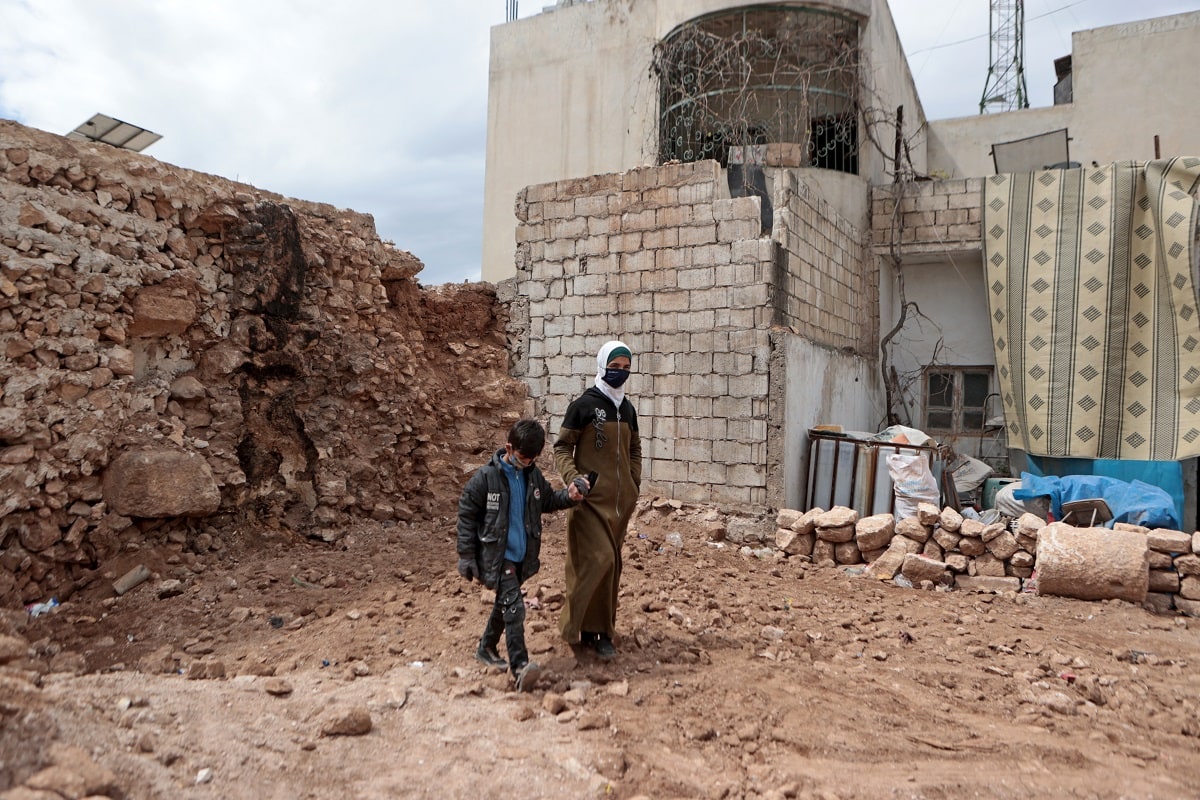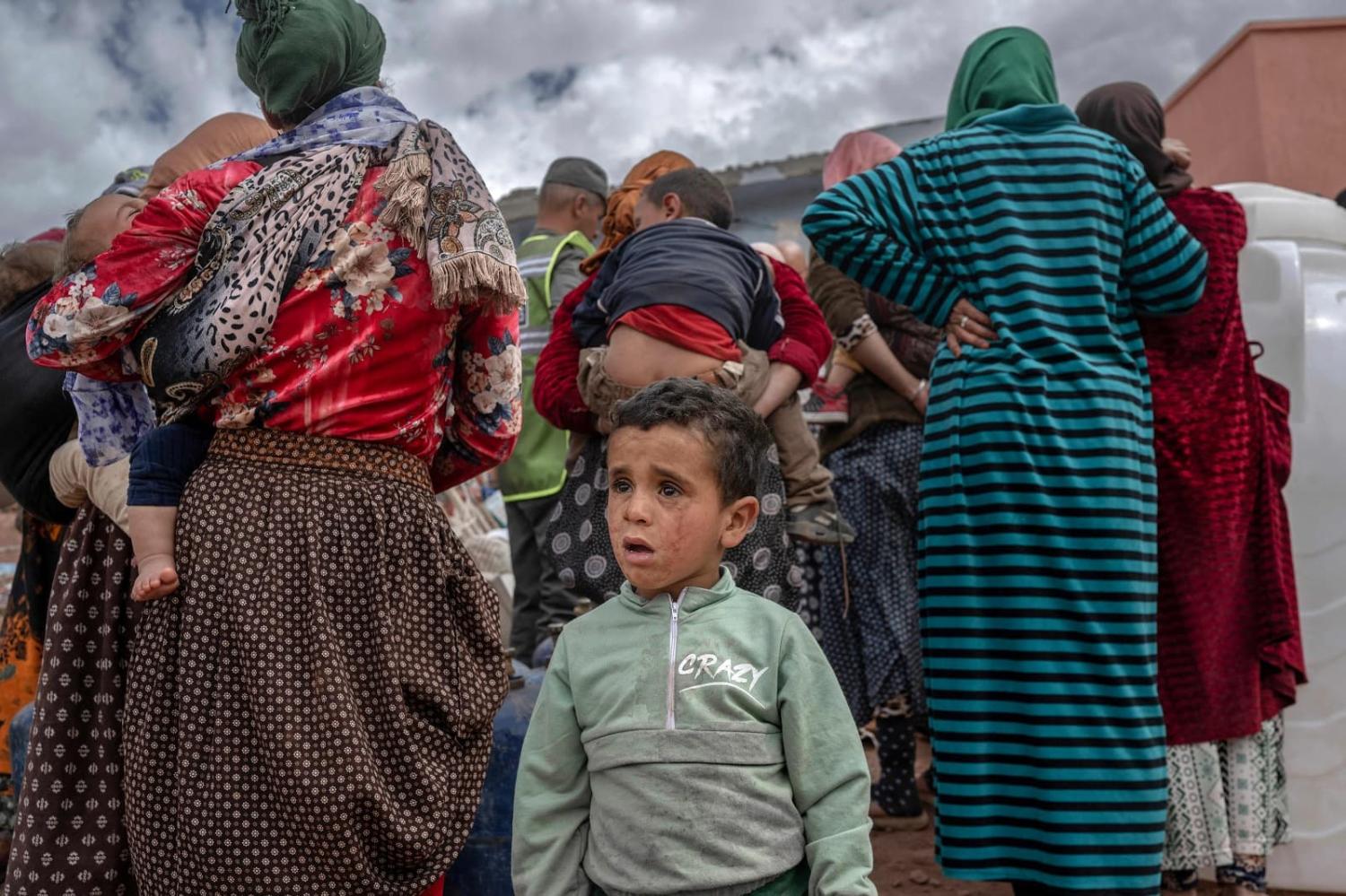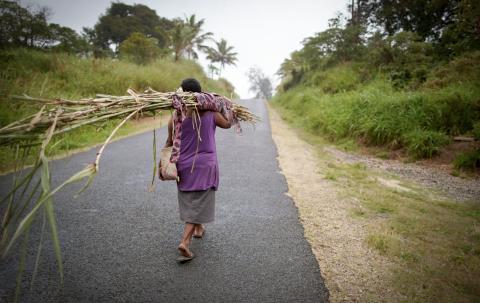In the last 12 months, we’ve seen floods in Pakistan, earthquakes in Syria and Morocco, Cyclone Mocha in Myanmar and Storm Daniel in Libya.
What connects these events? Many thousands of lives lost, many billions of dollars in damage, and all in developing countries, some of them failed states with active conflict.
At the time of writing, the death toll in Morocco is close to 3,000 and damages might cost as much as 8% of GDP. In Libya, at least 11,000 have been confirmed dead but that number is expected to reach 20,000. The earthquake in Syria killed 6,000 people in February and the cost of recovery is estimated to top US$5.2 billion. The bill for direct damage from Cyclone Mocha in Myanmar is estimated at US$2.24 billion, primarily concentrated in the conflict-affected Rakhine State. In Pakistan, the floods caused more than US$30 billion in damage and killed close to 1,500.
The pace of devastation has been such that the international community is in a state of permanent reactivity. The resources, budgets and personnel of donor governments and relief organisations are stretched beyond breaking point. And yet we can only expect the pace to increase.
There are two lessons to learn from the past 12 months.

The first is the potential for political and economic mismanagement to magnify the acuity of natural disasters – to intensify damage, hinder relief, accelerate death tolls and deepen grief. These failures can manifest in a lack of effective early warning systems, chronically underfunded health and emergency services systems, and poorly enforced building codes and planning regulations. The result is that the immediate impact of the natural disaster is amplified.
Reports out of Libya offer a devastating example. A researcher at a Libyan university last year published a paper showing that the Derna Basin had “high potential for flood risk” and calling for more maintenance of the 50-year-old dams. The failure of those dams this week wiped out entire neighbourhoods in the port city. In Morocco, poor residential construction quality coupled with inadequate maintenance of mountainous roads meant that the hardest-hit houses offered minimal seismic resilience, and access to the disaster zone for rescue crews was treacherous and slow. After the Pakistan floods, there was widespread criticism of the government’s preparation and response.
The second key takeaway is the necessity for long-term investment in institutions to facilitate relief. The absorptive capacity of developing countries to receive disaster relief in the aftermath of crises is limited by structural barriers to coordination and access. Weak institutions lead to a kind of capacity constraint characterised by a state that lacks recent or useful census data to properly assess need, and has allowed social protection facilities and public service delivery infrastructure to languish.
Those problems are multiplied in fragile and conflict-affected states, such as Libya, Syria and Myanmar where the government does not control all territory. For example, the mayor of Derna reportedly asked the head of the Libyan National Army for help to evacuate the city, and was refused.
The international community cannot hope to provide meaningful assistance by neglecting to support the ability of developing countries to triage and direct large volumes of uncoordinated aid in urgent crises. The groundwork must be laid.
Some countries with a solid sense of their capabilities might refuse or try to stagger the aid they receive, as Morocco has done in an arguably very sensible, albeit likely political, move. But for others, such as Libya or Syria, the fractured states are virtually unable to coordinate incoming aid, and in some cases, such as in Myanmar, donor governments are unwilling to engage directly with the regime. In those instances, urgent assistance is often best channelled through trusted non-government organisations.
In the medium term, there is space for the international community to assist in macro-level diagnostic assessments after disasters to better enable the allocation and distribution of relief. The Rapid Damage and Needs Assessment for Syria, the Post-Disaster Needs Assessment for Pakistan and the Global Rapid Post-Disaster Damage Estimation for Myanmar all provide examples of helpful medium-term support provided by multilateral development banks. A project to upgrade Regional Early Warning Systems in the Pacific might also provide a source of inspiration.
But in the end, there’s no alternative to purposeful and sustained financing and support from the international community to strengthen institutions and governance in developing countries.
Worth keeping in mind is that in a study of aid flows in response to natural disasters, the surge in post-disaster aid typically matched just 3% of the total estimated economic damages. We have a long way to go.


